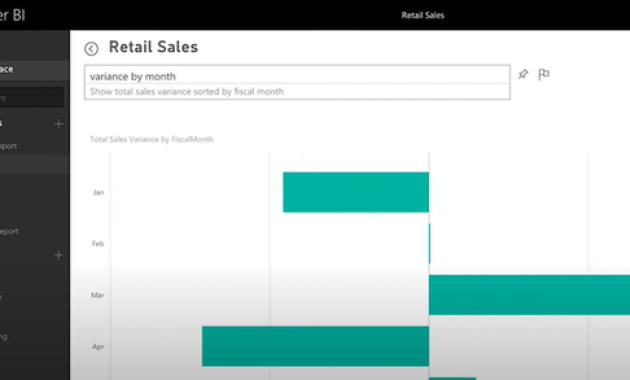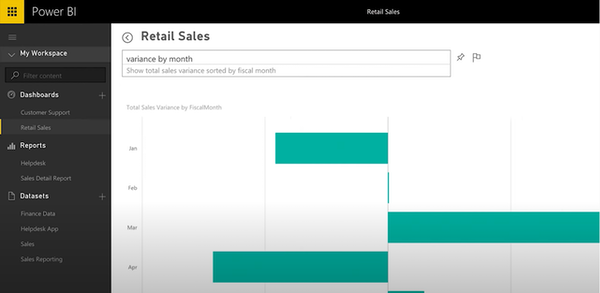
Power Up with Self-Service Business Intelligence Software: A Guide to Data-Driven Decisions
In today’s fast-paced business environment, data is king. Companies that harness the power of their data gain a significant competitive advantage. This is where self-service business intelligence (BI) software comes into play. It empowers business users to analyze data and make informed decisions. This article explores the benefits and features of self-service business intelligence software. It offers a comprehensive guide to help businesses leverage their data effectively.
Demystifying Self-Service Business Intelligence
Self-service business intelligence is a type of BI that puts data analysis directly into the hands of business users. This contrasts with traditional BI. Traditional BI often relies on IT departments or specialized analysts. These users typically have limited technical expertise. They can create and interpret reports and dashboards. This allows them to extract insights from data. They can then use these insights to drive strategic decisions. This is a key benefit of self-service business intelligence software.
Key Features to Look For
Several key features define effective self-service business intelligence software. Understanding these features is crucial for selecting the right solution.
- Data Integration: The ability to connect to various data sources is crucial. This includes databases, cloud services, and spreadsheets. It should support a wide range of connectors.
- Data Visualization: Powerful data visualization tools are essential. These tools transform raw data into easy-to-understand charts and graphs. They help users identify trends and patterns quickly.
- Interactive Dashboards: Interactive dashboards provide a centralized view of key performance indicators (KPIs). Users can drill down into data and explore different perspectives.
- Data Preparation: The software should offer data preparation capabilities. This includes data cleaning, transformation, and modeling. This prepares data for analysis.
- User-Friendly Interface: The interface must be intuitive and easy to navigate. This allows non-technical users to get up to speed quickly.
- Collaboration Features: Collaboration features enable users to share insights and collaborate on reports. This fosters a data-driven culture.
- Mobile Accessibility: The ability to access data and dashboards on mobile devices is increasingly important. This allows users to stay informed on the go.
Benefits of Embracing Self-Service BI
Adopting self-service business intelligence software offers several advantages. These benefits can transform a business. They can improve decision-making and operational efficiency.
- Faster Decision-Making: Business users can access and analyze data in real-time. This reduces the time it takes to make critical decisions.
- Improved Data Literacy: Self-service BI empowers users to become data-literate. They can understand and interpret data more effectively.
- Increased Efficiency: Automating data analysis tasks frees up IT staff. They can focus on more strategic initiatives.
- Enhanced Collaboration: Collaboration features facilitate the sharing of insights. This fosters a data-driven culture across the organization.
- Better Insights: Users can explore data from various angles. They can uncover hidden trends and patterns.
- Reduced Costs: Self-service BI can reduce reliance on expensive external consultants. It can lower the cost of data analysis.
Choosing the Right Software
Selecting the right self-service business intelligence software is a crucial decision. It depends on the specific needs of your business. Consider the following factors:
- Ease of Use: Choose software with an intuitive interface. It should be easy for non-technical users to learn and use.
- Data Source Connectivity: Ensure the software supports all your data sources. This is important for comprehensive analysis.
- Scalability: The software should scale with your business as data volumes grow. Plan for future needs.
- Features: Evaluate the features offered by different software solutions. Choose the solution that best meets your needs.
- Cost: Consider the pricing models of different software vendors. Choose a solution that fits your budget.
- Support and Training: Ensure the vendor provides adequate support and training. This helps with implementation and ongoing use.
Implementation Best Practices
Implementing self-service business intelligence software successfully requires careful planning. Follow these best practices for a smooth transition and optimal results.
- Define Clear Objectives: Start by defining the goals you want to achieve. This will guide your implementation strategy.
- Identify Key Users: Identify the users who will be using the software. Provide them with the training they need.
- Clean and Prepare Data: Ensure your data is clean, accurate, and well-organized. This is vital for reliable analysis.
- Develop Dashboards and Reports: Create dashboards and reports that meet your business needs. Focus on key performance indicators (KPIs).
- Provide Training and Support: Offer comprehensive training and ongoing support to users. This ensures they can use the software effectively.
- Monitor and Evaluate: Regularly monitor the use of the software. Evaluate its impact on your business.
Examples of Self-Service BI in Action
Many companies successfully leverage self-service business intelligence software. Here are some examples:
- Retail: Retailers can analyze sales data to optimize inventory. They can also personalize marketing campaigns.
- Healthcare: Healthcare providers can use data to improve patient care. They can also improve operational efficiency.
- Finance: Financial institutions can analyze financial data. They can detect fraud and assess risk.
- Marketing: Marketers can track campaign performance. They can also identify customer behavior patterns.
Future Trends in Self-Service BI
The self-service business intelligence landscape is constantly evolving. Several trends are shaping the future of this technology.
- Artificial Intelligence (AI) and Machine Learning (ML): AI and ML are being integrated into BI platforms. This enables automated insights and predictive analytics.
- Data Democratization: The trend towards data democratization continues. More users gain access to data and analytical tools.
- Cloud-Based BI: Cloud-based BI solutions are becoming increasingly popular. They offer scalability and flexibility.
- Mobile BI: Mobile BI solutions are becoming more sophisticated. Users can access data and insights on the go.
- Embedded BI: BI tools are being embedded into other applications. This provides users with data insights within their workflows.
Conclusion: Empowering Your Business with Data
Self-service business intelligence software empowers businesses to unlock the value of their data. It enables faster, more informed decision-making. It improves operational efficiency and fosters a data-driven culture. By choosing the right software and implementing it effectively, companies can gain a significant competitive advantage. They can drive growth and achieve their strategic objectives. Embrace the power of self-service business intelligence. Start making data-driven decisions today.
[See also: Related Article Titles]

